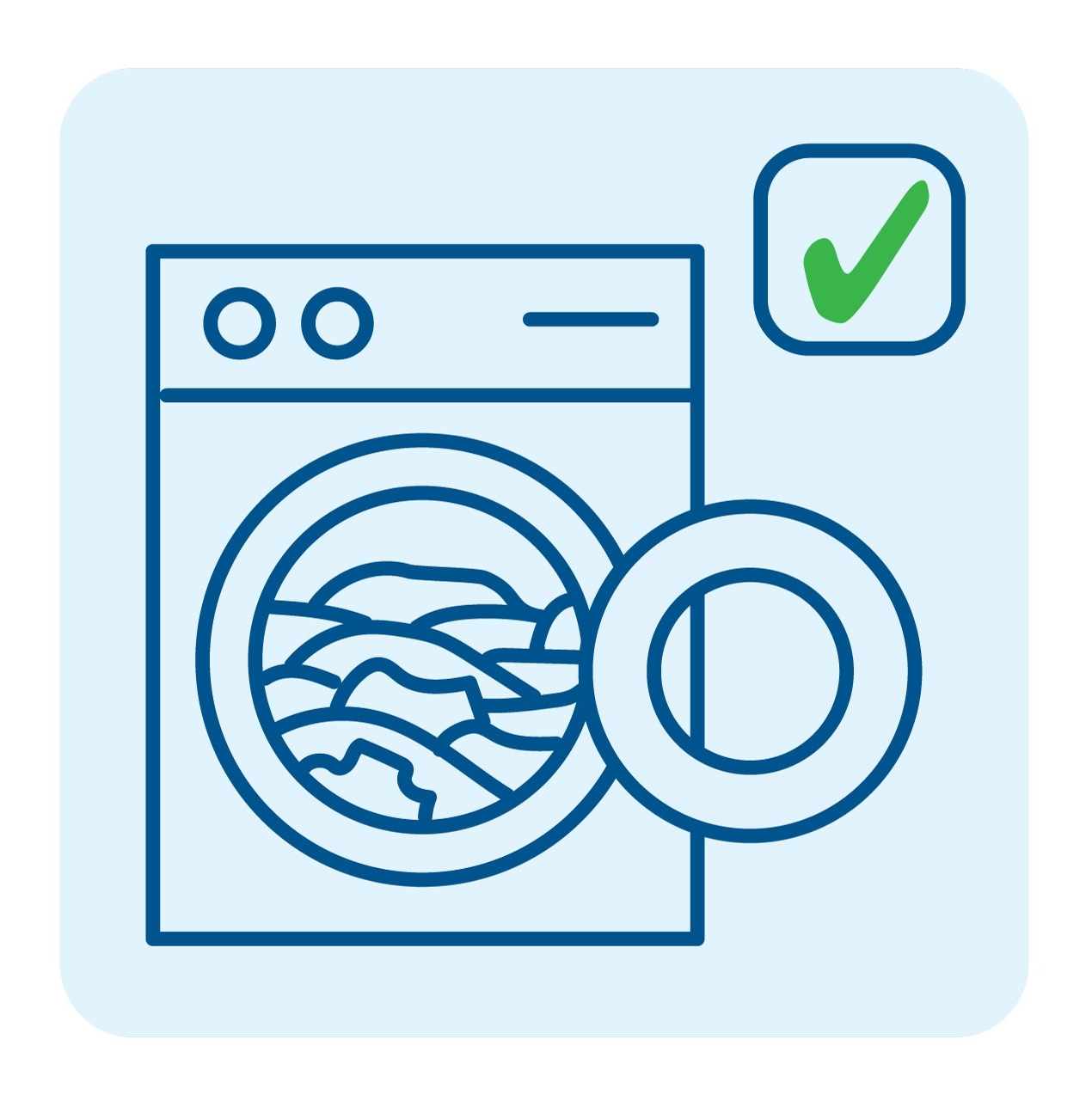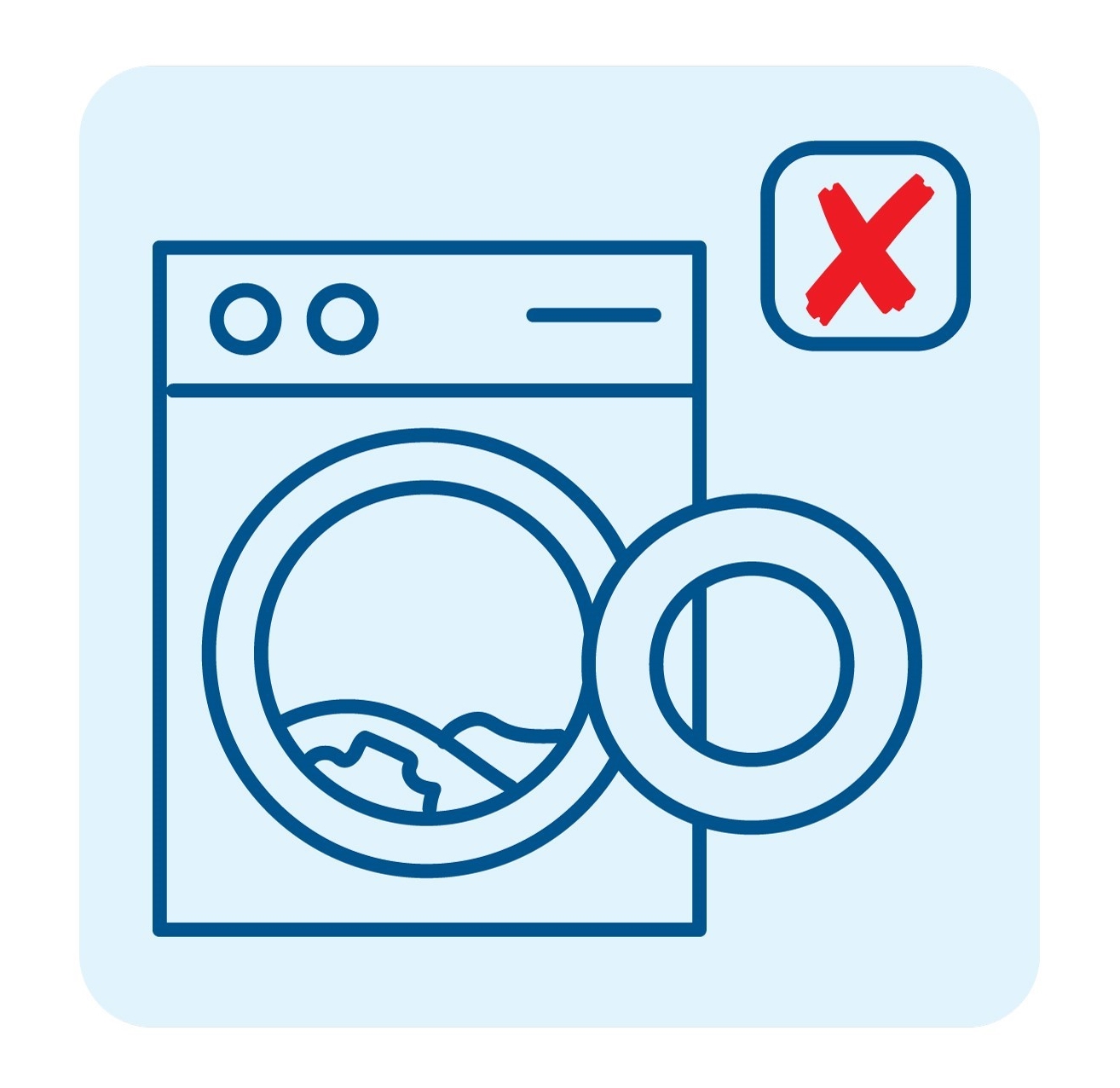Use of water is increasingly placing demands on freshwater resources. Conserving water means keeping, holding, maintaining, preserving and economising human use of water — a local and a global obligation.
On average, each person in Australia uses 200l of water a day. Water conservation starts with you in your home, school and community.
We use a large amount of water inside the home for washing ourselves, our clothes, brushing our teeth, flushing toilets or cooking. Check out the home water calculator and Blue House to see where you can save water in your home.
Outdoor water use accounts for 25–50% of the average home’s water
Gardens are an area where huge amounts of water are wasted. Sprinklers are left running too long and paths and driveways are hosed instead of swept. It is worth thinking about reducing the amount of water you use on your garden and collecting rainwater. By using water-saving technologies and a bit of planning you can have attractive and productive water-wise gardens.
Getting Watering Right
- Design the position and the shape of your gardens so you have groups of plants with similar water needs.
- Water at dawn rather than during the heat of the day when evaporation will wastewater.
- Watering at dusk after a hot day may be desirable but moisture resting on foliage overnight encourages fungal diseases.
- Frequent, light watering encourages shallow roots, so aim for longer, infrequent watering that allows the top layer of soil to start drying out before watering again.
Mulch
Mulch is an essential component of a water-efficient garden. It reduces the need for irrigation (by up to 70%), moderates soil temperature, inhibits weed growth and improves soil structure. The basic rule is any mulch is better than no mulch.
Compost
Soil is a living thing. Compost increases the organic content of the soil, which holds water and provides the material that bacteria and worms need to break down to keep your soil alive and full of nutrients. The perfect growing medium is soil that drains easily but holds enough water to feed plants. Compost will do both of these things and can be made bought or made at home.
Ornamental Trees & Shrubs
Freshly planted trees and shrubs require additional watering to become established. As the roots grow deeper into the soil they become less dependent on water in the topsoil and watering becomes less critical. Heavy mulching helps water retention.
Fruit Trees
The water and feeding needs of fruit trees are normally greater than ornamental plants of a similar size. Mixing plenty of organic matter into the soil prior to planting will not only help the plants access nutrients, but will also retain soil moisture. Keep grass and weeds clear of root zones and mulch heavily to conserve water.
Vegetable Gardens
Growing vegetables need between 25 and 50mm of water a week for good growth. Water about once a week so the water soaks down about 150 mm is adequate and repeat when the top few millimetres of soil start to dry out. A vegetable garden can be effectively watered by sprinklers, microsprays or drippers.
Groups of plants in containers may be watered as a group by sprinklers or micro-sprays, but the most efficient solution is to use drip irrigation, with individual running to each pot. Each dripper is fitted to the end of a piece of flexible feeder tube connected to a main polytube feeder. The flexible feeder tubes allow the pots to be moved about or changed at will. The flow rate of the drippers should be adjusted to suit the size and water needs of each plant.
Pot Plants
Groups of plants in containers may be watered together by sprinklers or micro-sprays, but the most efficient solution is to use drip irrigation. The flow rate of drippers should be adjusted to suit the size and water needs of each plant.
Capillary pot watering enables a large number of pots to be watered simultaneously. Pots sit on a porous mat through which water is circulated, to be drawn into the pots by capillary action. This water efficient and labour-saving technique is best suited to nurseries and large greenhouses.
Container plants require moisture to drain freely through the potting mix. Avoid standing pots in saucers or on a surface that may block the drainage holes or collect rainwater. Pot feet raise the base of the pot from the surface and allow the soil to drain. Water-absorbing granules added to potting mix reduces the risk of plants drying out and allows longer spells between watering.
Lawns
The accepted wisdom is you should not water too often. Giving the lawn a proper drink, less often, encourages deeper root growth and means your grass will be more able to withstand heat stress and dry periods.
Most people overestimate how much water their lawn needs. Grass is shallow-rooted and rarely extends more than 25mm into the soil. Watering past this level does not help your lawn or the environment. Lawn does not need to be watered until the soil dries out.
Your lawn mowing practices affect how much water your lawn needs. The golden rule is never cut more than a third off your lawn. Leaving the clippings on the lawn forms mini-mulch and retains moisture.
Waterless car washes often include a UV filter in the finish, helping protect the car’s paintwork. Low-flow high-pressure cleaners use similar amounts of water as water-efficient shower heads (less than seven litres of water a minute). Efficient technologies such as recycling systems are also used in commercial car washes.
Home Car Washing
You can save water when cleaning your car at home by:
- using a waterless car wash
- using a low flow/high-pressure wash
- washing in the rain
- washing the car on the lawn using biodegradable cleaning chemicals
- using a bucket or a hoze fitted with a trigger nozzle
Commercial Car Washing
By using fine nozzles, high-pressure hoses and recycled water from automatic wash bays, commercial car washes can use very little potable water. Self-service car washes do not use recycled water due to health and safety considerations. A commercial car wash will use about the same amount of water as washing a load of clothes, four minutes of watering or a five-minute shower.
Look for a car wash that displays its car was water saving scheme star rating. The scheme:
- identifies the amount of potable water used by equipment in a standard wash
- rates the water efficiency of the equipment.
Swimming pools and spas use a huge amount of water but you can reduce water waste by:
- reducing evaporation
- capturing rainfall to refill your pool
- reducing backwash on your filter
- changing your behaviour
Reducing Evaporation
Evaporation is a major cause of water loss from your swimming pool and the evaporation rate is highest in the early evening as the air cools and the water remains warm.
A pool cover is the most effective way to reduce evaporation. A properly fitted pool cover will reduce evaporation and your pool chemical and salt bill. Pool covers range from simple leaf covers, which reduce evaporation by around 40%, though to thicker blankets and security covers, which can save up to 90% evaporation.
Liquid pool covers are an alternative if you don’t want to hide your pool with a cover or blanket. They use chemicals that form a barrier on the water’s surface that inhibits evaporation by up to 40%. They can be added to the pool daily by hand or by using an automatic metering system.
Covering your pool with a shade will further reduce evaporation as well as protect swimmers from the sun.
Design walls and hedges around your pool that create shelter from the wind to reduce evaporation.
Capture Rainfall
Rainwater tanks and/or diverters are a great way to reduce the use of mains water in your swimming pool. Rainwater diverters attach to a downpipe and can be used to divert rainwater into your swimming pool.
Reduce Backwash
Sand filters require backwashing, which can use up to 8000L of water every year. Cartridge filters do not require backwashing so use less water. Avoid overfilling your pool as this will prevent your filter from working effectively and will cause water to overflow. The water level should be about halfway up the skimmer box opening for the filter to function properly.
Change Behaviour
Pools are designed for fun and there are ways that we can do this without wasting water. Try keeping water in the pool as much as possible by discouraging bombing and continual jumping in and climbing out of the pool. Drip dry on the top step so the water goes back in the pool.
About 40% of all water used in the home is in the bathroom. Check the manufacturer’s water efficiency rating before buying a new bathroom appliance. Australia’s Water Efficiency Labelling and Standards (WELS) scheme allows consumers to compare the water efficiency of different products using a star rating system. More water-efficient products save money on water and electricity bills and help the environment.
Baths
Follow these tips to ensure you are using the bathwater wisely:
- Only fill the tub with as much water as needed. Use less for children.
- Check the temperature as you fill to avoid having to add extra water to correct the temperature after the bath is at the right level.
- Check your plug for leaks.
- Bucket used bathwater onto the garden or use it to wash your car.
Showers
Follow these tips to be water-efficient in your shower:
- Use a modern water-efficient showerhead. They use no more than 9l water per minute, while old-style showerheads use up to 20l per minute.
- Take shorter showers. Limit time spent in the shower to soap up, wash down and rinse off. Better still, use a playlist to keep your timing to 4min!
- Use a shower timer. Choose from a manual 4min egg timer or a more sophisticated electronic timer.
- Use a bucket to collect water while waiting for the shower to get hot.
- Shave before taking a shower and use running shower water to rinse off.
- Insulate hot water pipes. This avoids wasting water and energy waiting for hot water to flow through.
- Consider an instantaneous water heater.
- Make sure your hot water system thermostat is not set too high. Adding cold water to reduce the temperature is wasteful.
Toilets
One quarter of the water we use in the bathroom is flushed down the toilet
Buy a top-rated dual flush toilet with a four-star water efficiency rating. These can save the average home up to 35,000l per year by using just 4.5l for a full flush and 3l for a half flush.
Older toilets use around 18l per flush but you can make them more water efficient by placing a filled plastic water bottle or a brick in your cistern to reduce the volume used with each flush.
Leaking toilet cisterns waste litres of water each day. Check for leaks by putting a few drops of food dye in the cistern. If you have a leak, coloured water will appear in the bowl before the toilet has been flushed.
If you are building a new home or doing a bathroom renovation consider installing plumbing to flush your toilets using rainwater or greywater.
Taps
A running tap uses about 16l of water per minute and a dripping tap can waste up to 12,000l a year! Turn the tap off when brushing your teeth and use a glass for rinsing. Don’t rinse your razor under a running tap. Filling the basin with a little warm water is just as effective and less wasteful.
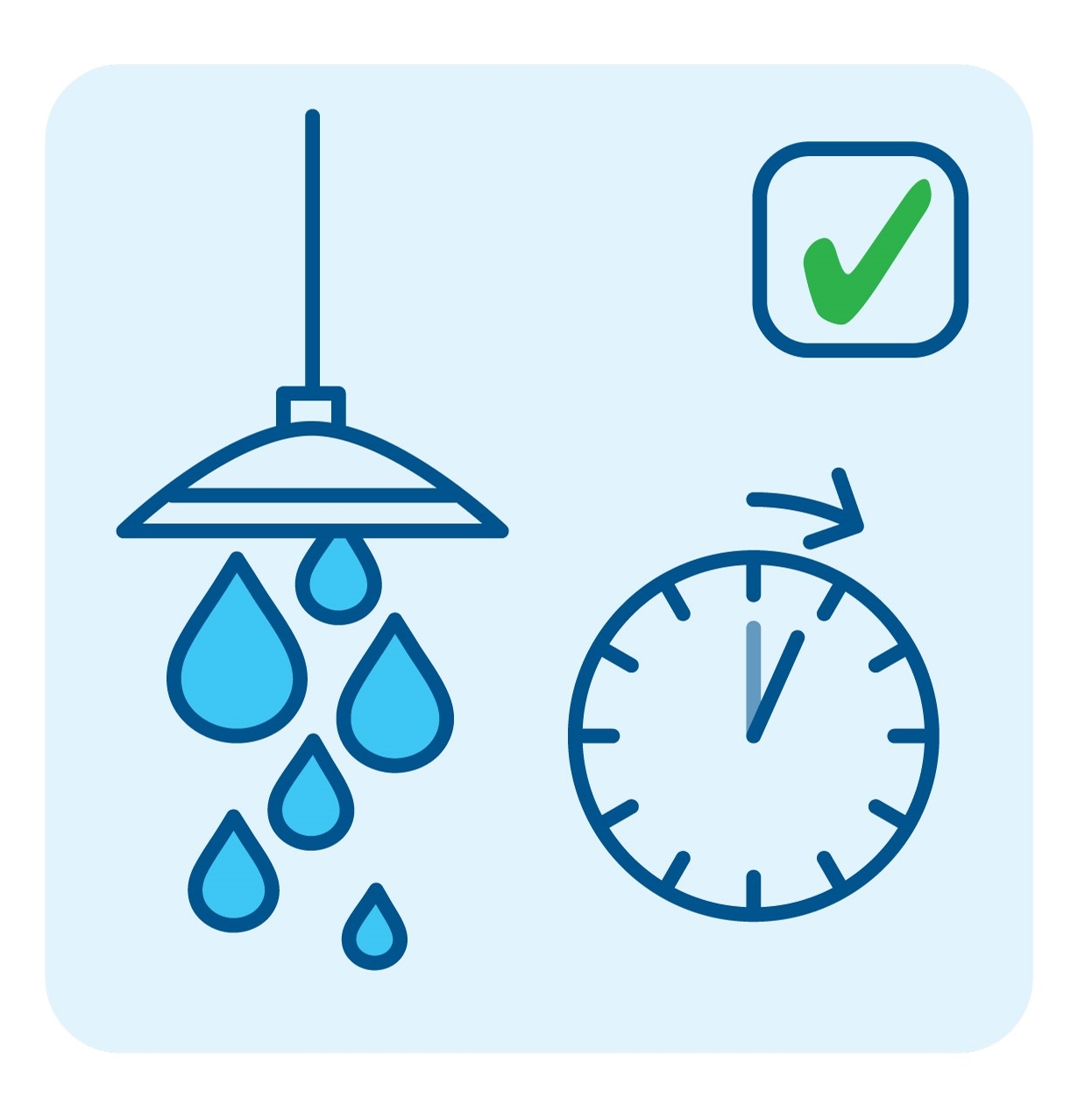
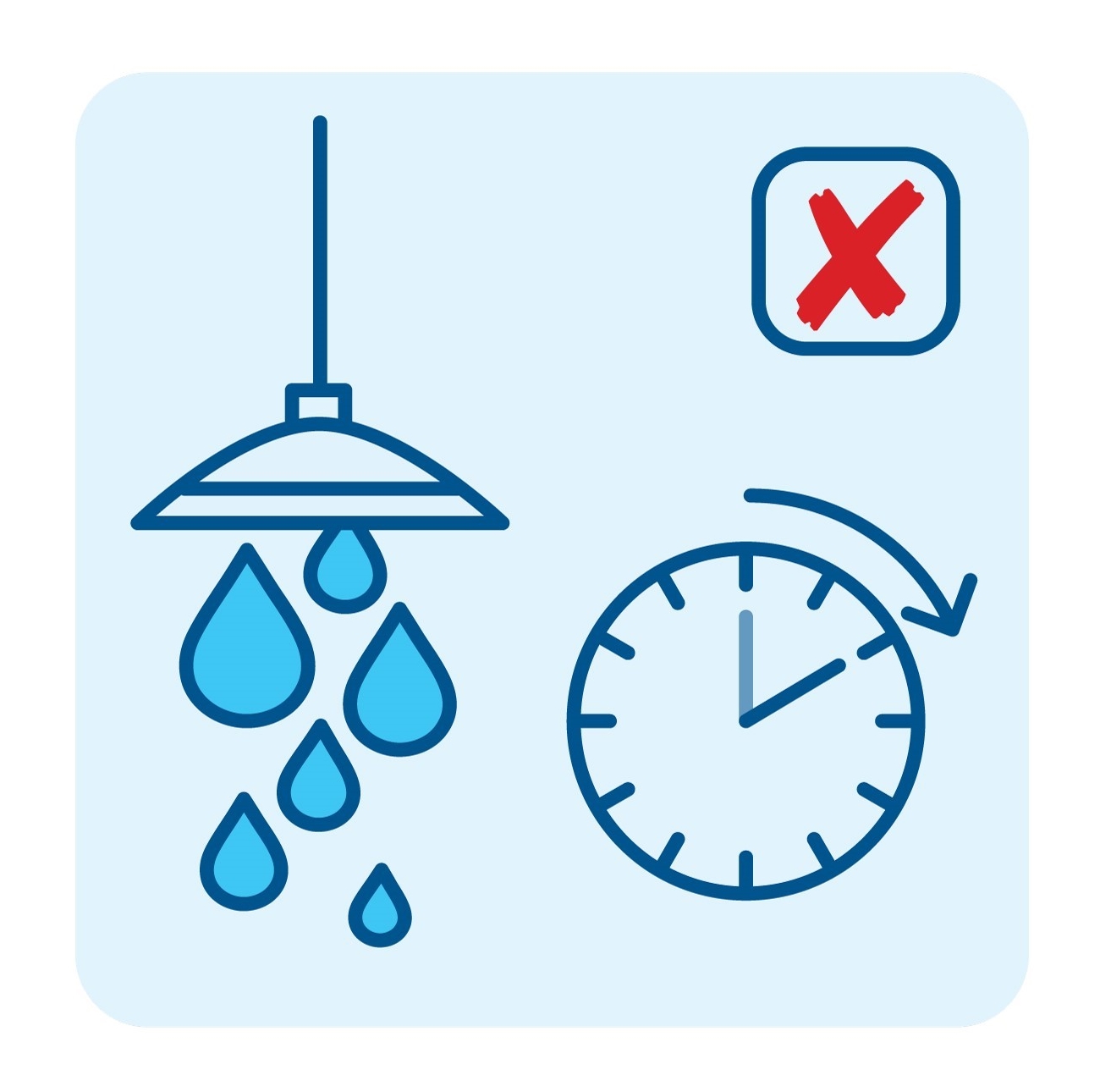

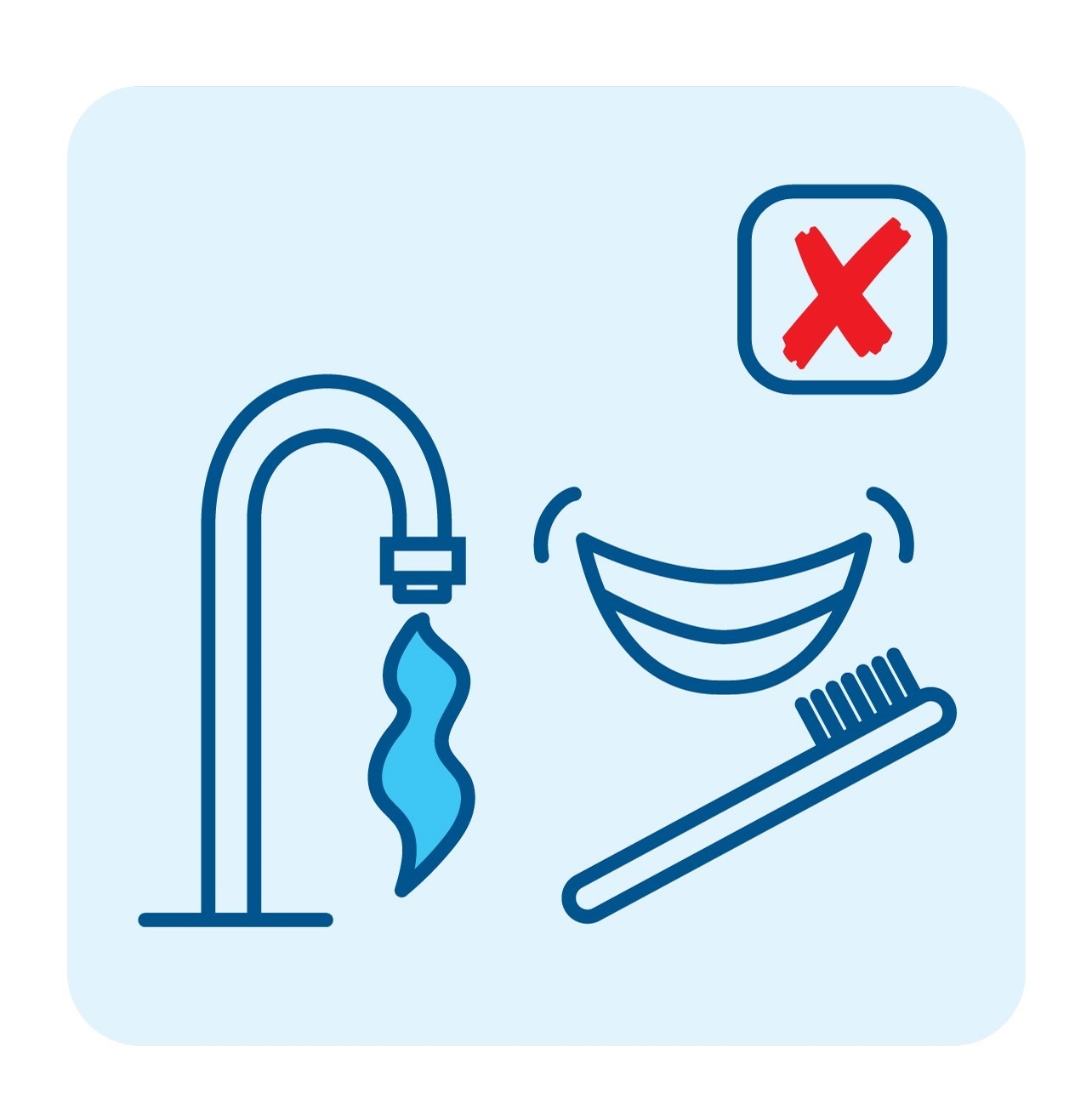

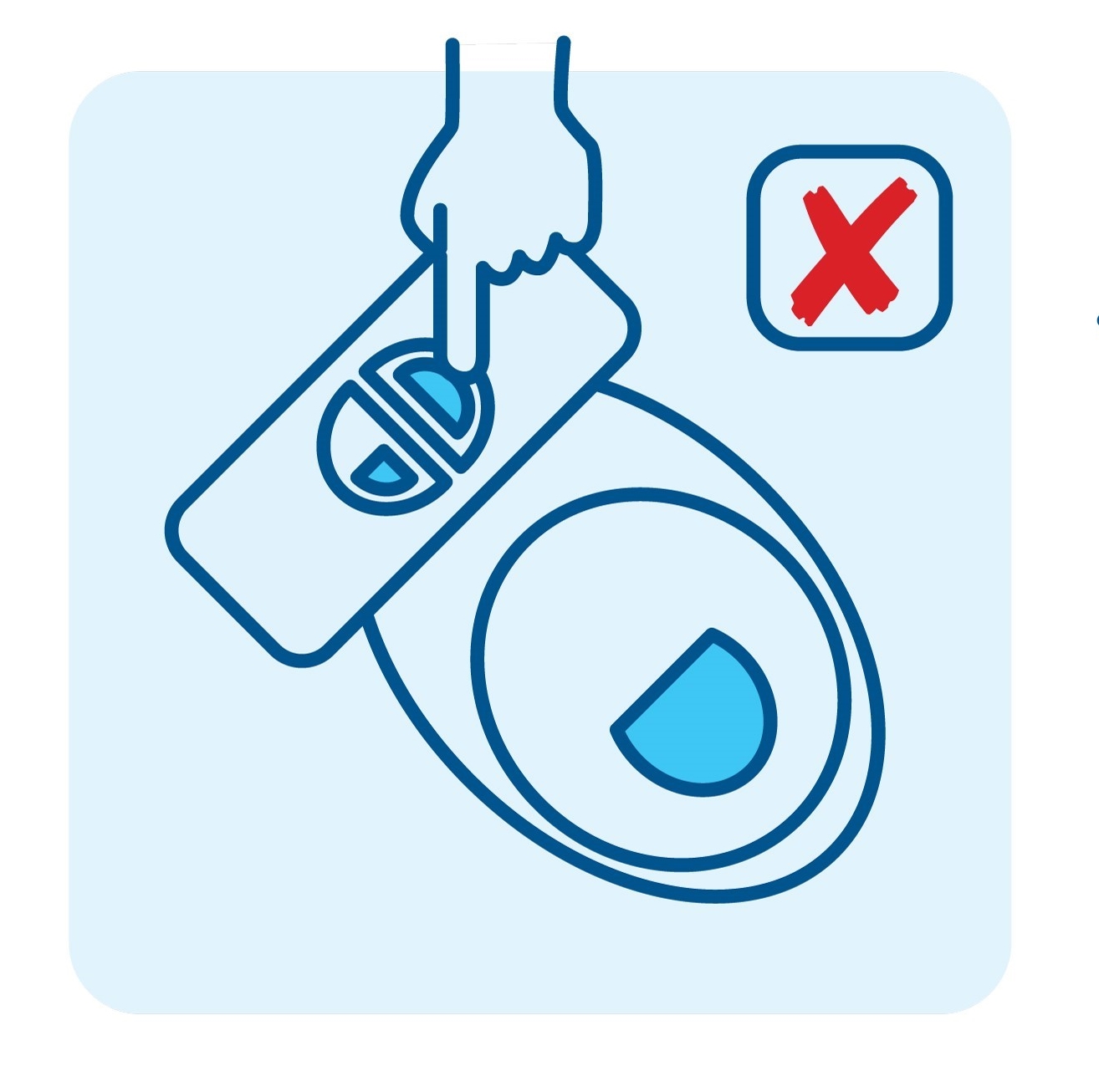
Kitchens are a major consumer of water in the home and use around 10% of household water consumption for cooking, cleaning, washing and drinking.
Dishwashers
- Water-efficient dishwashers save water and money. Check the appliance for a WELS (National Water Efficiency Labelling and Standards scheme) label. The more stars, the more water efficient.
- Only use the dishwasher when you have a full load.
- Use the rinse-hold setting on the dishwasher rather than rinsing dishes under the tap.
Sinks
- Make sure your hot water system thermostat is not set too high. Adding cold water to cool very hot water is wasteful.
- Catch running water while waiting for it to warm up and use it to water plants, rinse dishes, or wash fruit and vegetables. You can also insulate hot water pipes. This avoids wasting water while waiting for hot water to flow through and saves energy. Better still, install a plumbing device that allows the cold water to be recirculated until it warms up.
- When handwashing dishes avoid rinsing them under a running tap. If you have two sinks, fill the second one with rinsing water. Stack washed dishes in a dish rack and rinse them with a pan of hot water if you only have one sink.
- Use washing-up liquid sparingly as this will reduce the amount of rinsing.
- Flow-controlled aerators for taps are inexpensive and can reduce water flow by 50%.
- Replace washers and other components on leaky taps and save yourself up to 200l of water per day.
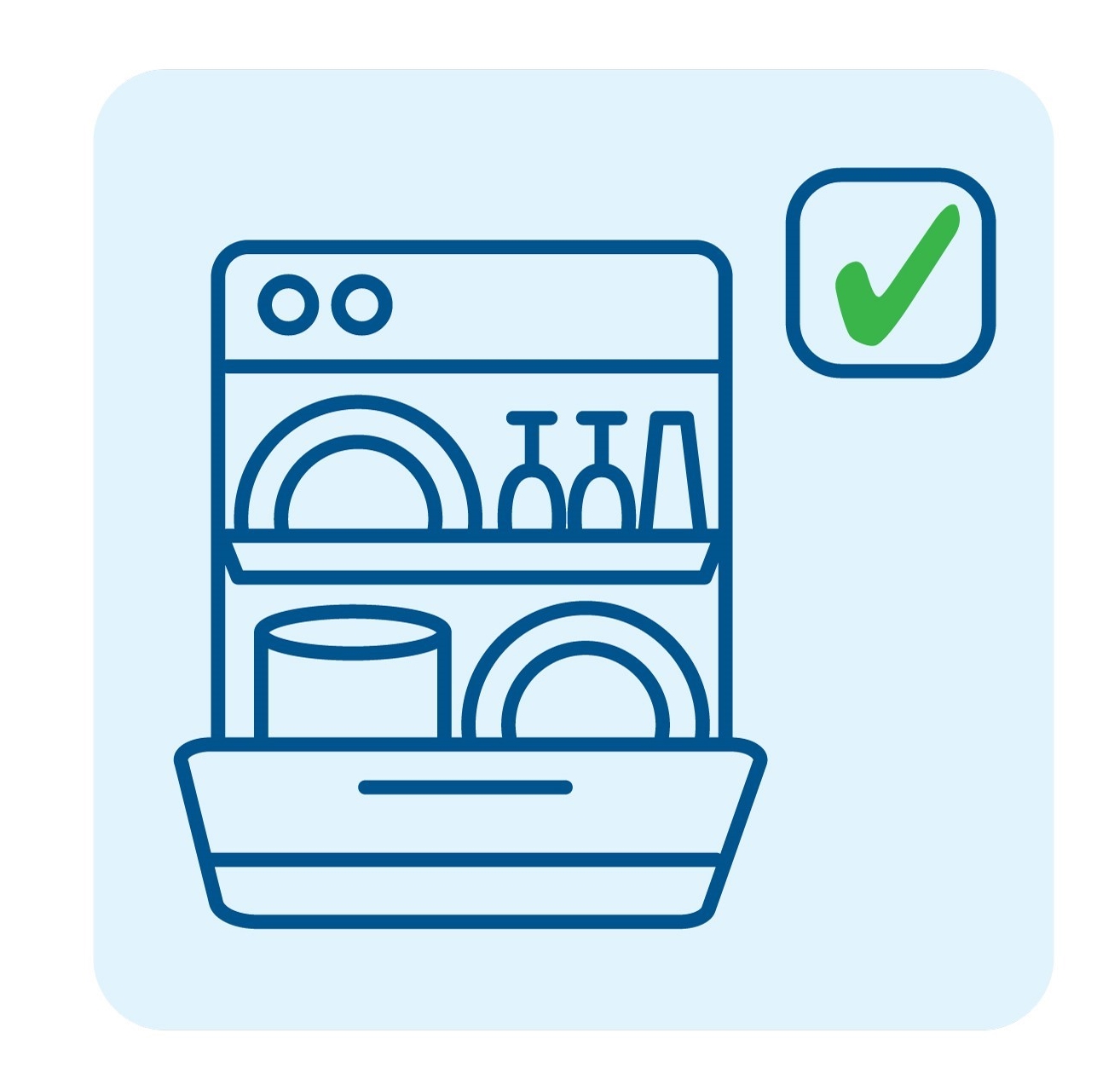
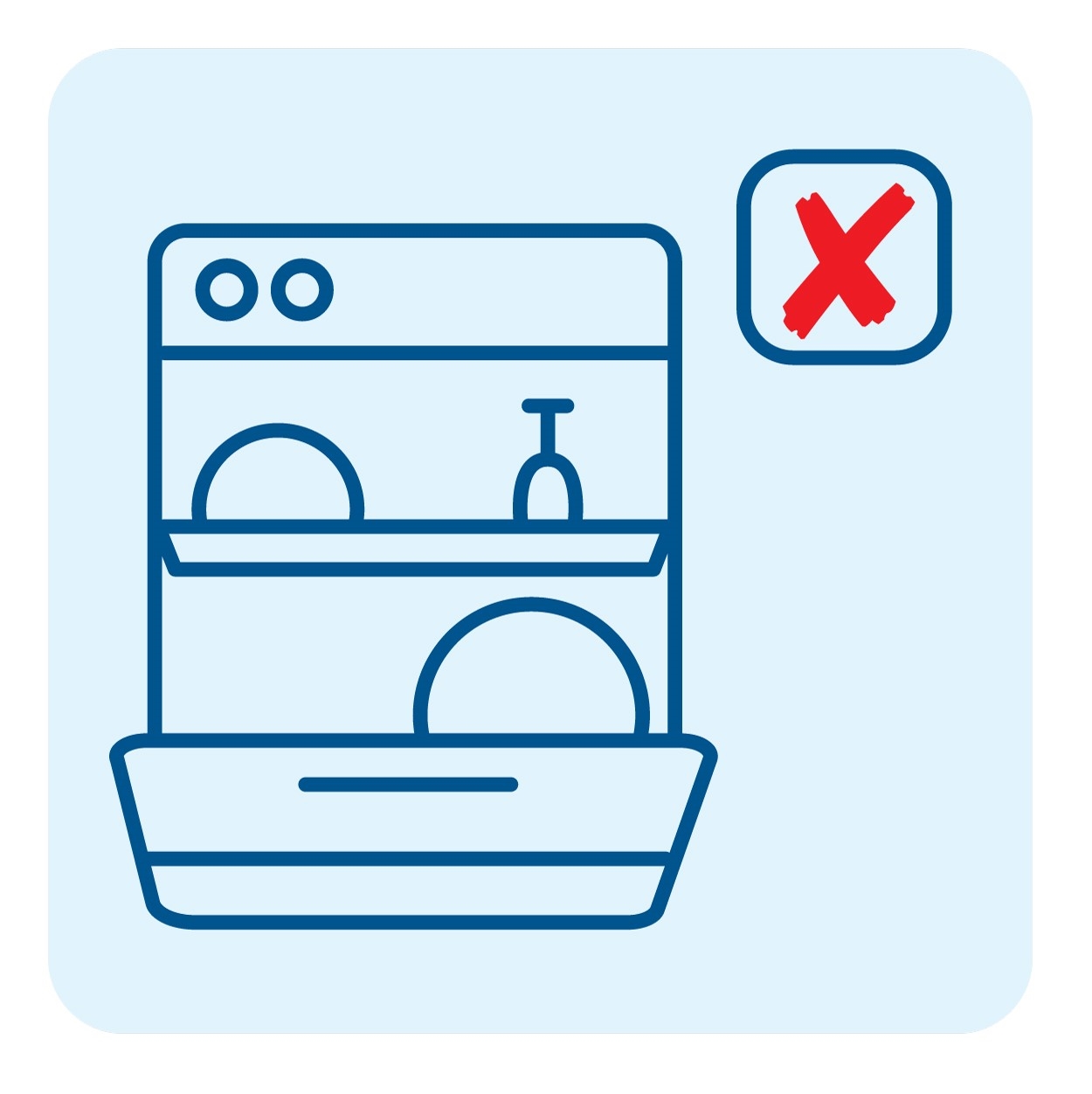

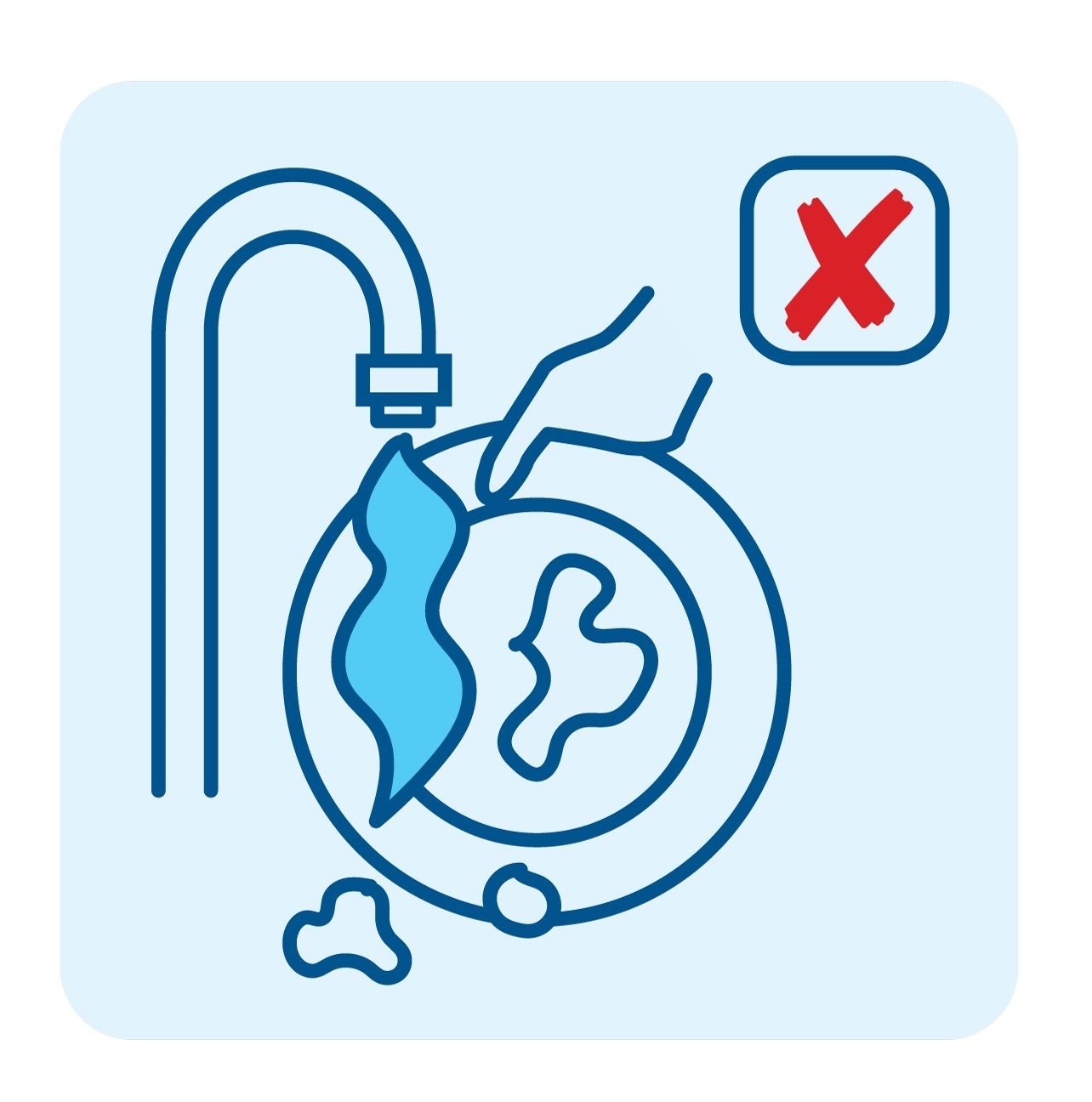
15–20% of water used in the home is in the laundry.
Washing Machines
- Choose a water-efficient model. Check the appliance for a WELS (National Water Efficiency Labelling and Standards scheme) label. The more stars, the more water efficient.
- Washing in cold water saves energy.
- Adjust the water level to suit the size of the load. Some models will do this automatically.
- Adjust the cycle to suit the contents and ‘dirtiness’ of the load. Some models will do this automatically.
- Treat stains before loading your machine.
Front- vs Top-Loaders
The question of choosing a washing machine can be a confusing one and most of us do not think of it until our machine breaks down. If you’re in the market for a new machine check out these tips below to help you make the right choice.
- Front-loaders typically rank better than top-loaders in terms of performance.
- Front-loaders are gentler on clothes than top-loaders. They have a higher spin speed resulting in less moisture in the clothes on completion. This shortens drying time and use of tumble drier.
- One of the biggest advantages of front-loaders is they use less water than top-loaders — up to 70% less in some cases or 36,000l per year for a typical household. They also use less detergents and less energy if you wash with warm or hot water. This reduces greenhouse gases making front loaders more environmentally friendly than top loaders.
- Front-loaders require bending to load and unload, unlike top-loaders. Front-loaders can be placed on pedestals or in purpose-built cabinets.
- Front-loaders are effective space savers. A dryer can easily be mounted on top of the machine without interfering with its operation.
- Front-loaders generally take longer to complete a cycle than top-loaders.
